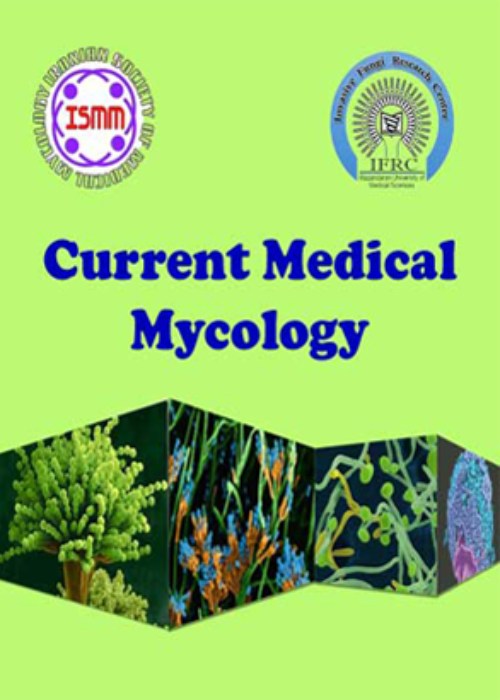Species distribution and susceptibility profiles of Candida species isolated from vulvovaginal candidiasis, emergence of C. lusitaniae
The aim of the current study was to investigate the epidemiology of vulvovaginal candidiasis (VVC) and recurrent VVC (RVVC), as well as the antifungal susceptibility patterns of Candida species isolates.
A cross-sectional study was carried out on 260 women suspected of VVC from February 2017 to January 2018. In order to identify Candida species isolated from the genital tracts, the isolates were subjected to polymerase chain reaction restriction fragment length polymorphism (PCR-RFLP) using enzymes Msp I and sequencing. Moreover, antifungal susceptibility testing was performed according to the Clinical and Laboratory Standards Institute guidelines (M27-A3).
Out of 250 subjects, 75 (28.8%) patients were affected by VVC, out of whom 15 (20%) cases had RVVC. Among the Candida species, C. albicans was the most common species (42/95; 44.21%), followed by C. lusitaniae (18/95; 18.95%), C. parapsilosis (13/95; 13.69%), C. glabrata (8/95; 8.42%), C. kefyr (6/95; 6.31%), C. famata (5/95; 5.26%), C. africana (2/95; 2.11%), and C. orthopsilosis (1/95; 1.05%), respectively. Multiple Candida species were observed in 28% (21/75) of the patients. Nystatin showed the narrowest range of minimum inhibitory concentration (MIC) (0.25-16 μg/ml) against all Candida strains, whereas fluconazole (0.063-64 μg/ml) demonstrated the widest MIC range. In the current study, C. lusitaniae, as the second most common causative agent of VVC, was susceptible to all antifungal agents. Furthermore, 61.1% of C. lusitaniae isolates were inhibited at a concentration of ≤ 2 μg/ml, while38.9% (n=7)of them exhibited fluconazole MICs above the epidemiologic cutoff values (ECV). Candida species showed the highest overall resistance against fluconazole (61.3%), followed by itraconazole (45.2%) and caspofungin (23.7%). All of C. albicans strains were resistant to itraconazole with a MIC value of ≥ 1 μg/ml; in addition, 87.5% of them were resistant to fluconazole. Moreover, 100% and 87.5% of C. glabrata strains were resistant to caspofungin and fluconazole, respectively.
As the findings revealed, the majority of VVC cases were caused by non-albicans Candida species which were often more resistant to antifungal agents. Candida lusitaniae generally had fluconazole MICs above the ECV. Given the propensity of C. lusitaniae to develop resistance under drug pressure, antifungals should be administered with caution. The emergence of these species justify the epidemiological surveillance surveys to watch out the distribution of yeast species.
- حق عضویت دریافتی صرف حمایت از نشریات عضو و نگهداری، تکمیل و توسعه مگیران میشود.
- پرداخت حق اشتراک و دانلود مقالات اجازه بازنشر آن در سایر رسانههای چاپی و دیجیتال را به کاربر نمیدهد.



